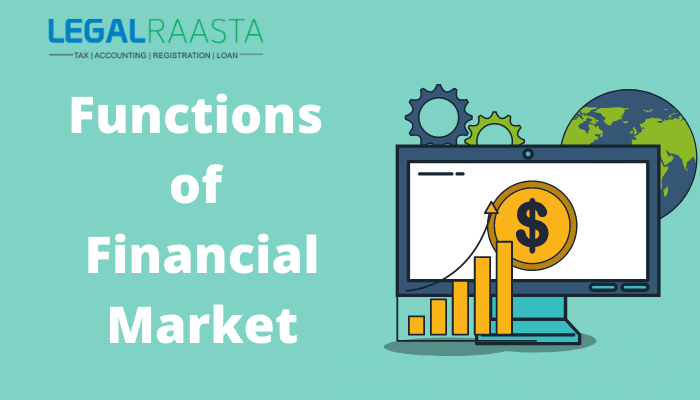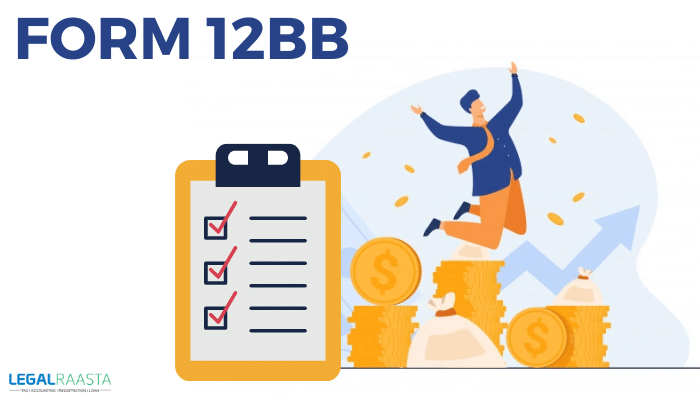Superannuation Benefit
Most companies provide a number of retirement benefits to their employees. Provident funds, gratuities, and the
National Pension Scheme, superannuation benefits are examples of retirement benefits. Employees may get a superannuation benefit from their employers, which is a type of retirement benefit. Employees mostly does not pay much attention to this retirement benefit. Many people may be unaware that they will receive superannuation benefits because the contribution is not paid out of their own pocket. Some people may not know how much superannuation they will receive when they retire. As a result, it's important to understand the superannuation benefit in order to help individuals with better financial planning and retirement planning.
What is a Superannuation benefit?
Superannuation – also known as Retirement Benefit – is a financial payment that an employee receives from an employer after their retirement. The amount of superannuation and how it will be taxed will depend on the type of superannuation scheme. There are two types of schemes: those which pay tax-free amounts to the employee at retirement, and those which pay taxable amounts
Super or superannuation refers to pension plans that employers offer employees when they retire. The purpose of these pensions is to supplement your income every month so that every month you have some money coming in. The more you have saved up the better you will be able to sustain yourself after retirement.
Types of Superannuation schemes
In India, the below provided are the types of superannuation schemes
Defined benefit plans - It means that the benefit generated from this type of superannuation are already fixed regardless of the contributions to the plan. The pre-determined benefit is based on a variety of criteria. It includes the number of years an employee has worked for the company, his or her income, and the age at which the employee begins to receive the benefit. This is a somewhat difficult situation. The employer bears the risk of providing such a benefit. The qualifying employee receives a predetermined sum at regular periods after retirement, which is calculated by a pre-existing formula.
Defined Contribution plans - Defined contribution plans are the 0opposite of defined benefit plans in terms of superannuation benefits. A defined benefit plan's benefit is fixed and pre-determined. In defined contribution plan's contribution is fixed and the benefit is directly associated with the contribution and market forces. This sort of benefit is easier to handle, and the employee bears the risk because he has no idea how much he will receive when he retires.
How does superannuation work?
Employers contribute to a superannuation benefit for/on behalf of their employees through a group superannuation policy owned by the company.
Companies can manage their own superannuation funds, open a superannuation benefit fund with any of the approved insurance companies, or purchase products from insurance companies such as the LIC's New Group Superannuation Cash Accumulation Plan or ICICI's Endowment superannuation plans, among others.
The employer contributes a particular proportion of employees' basic salary and dearness allowance (up to a maximum of 15%), and the same level of contribution is required for each type of employee. Though the employer contributes, superannuation should ideally be included in the cost to the company (CTC).
In the case of defined contribution plans, employees may additionally by their own will contribute an additional amount to the fund. When an employee retires, they can take up to 1/3 of their cumulative benefit and convert the rest into a normal pension, which is then placed in an annuity fund to receive annuity payments at certain intervals.
In the event that the employee moves jobs, he has the option of transferring his superannuation to a new employer. If the new employer does not offer a superannuation plan, the employee has the option of withdrawing the funds or leaving them in the fund until retirement and then withdrawing as described above.
Types of annuity options available
The following are some of the most common annuity options:
- Payable for life;
- Payable for life with a capital return;
- Jointly for husband and wife payable
Income tax benefits of the superannuation scheme
Both the employer and the employees profit from the superannuation system in terms of tax savings. according to the Income Tax Act. the organization's superannuation scheme must be approved by the Commissioner of Income Tax in order to be eligible for these advantages. This way even though you are paying the taxes now, you know that this money is safe and will come to your rescue when it's time for you to retire.
Income Tax benefits for employers
- The employer's contribution to the superannuation fund is deductible as an expense under Section 36 of the Income Tax Act.
- Under Section 10 of the Income Tax Act, income received by trustees on behalf of an authorized superannuation fund is tax-free.
Income Tax benefits for employees:
- Employee’s contribution to the superannuation fund is eligible for an income tax deduction under Section 80C. The total amount that can be spent is Rs.1,50,000.
- In addition, benefits paid to an employee in the event of his death or catastrophic injury are tax-deductible.
- The amount of interest received by an employee under a superannuation scheme is tax-free.
- The amount an employee withdraws from an annuity fund after retirement (the 13th) is tax-free.
- Furthermore, the sum kept by an employee at the time of a job change is taxable under the heading "Income from other sources."
- As a result, income from pension or annuity funds is subject to taxation.
What happens to the Superannuation scheme if an employee resigns from a company?
In India, superannuation withdrawal on departure is only possible if the new firm does not give this service. In this situation, the employee has the option of withdrawing the funds, subject to any applicable taxes, or keeping the funds in the fund until retirement.
Conclusion
The superannuation system is a fantastic way for India's working class to secure a more financially secure retirement. These plans provide a lot more security for the employees. Another advantage of such schemes is that they encourage employees to stay with a company for a longer period of time. they provide greater rewards than moving jobs more frequently.
Also read
Everything to know about Section 80C, 80CCC, 80CCD, and 80D Deduction
PRAN – Permanent Retirement Account Number | Procedure of Application filing | Documents required for applying PRAN |









